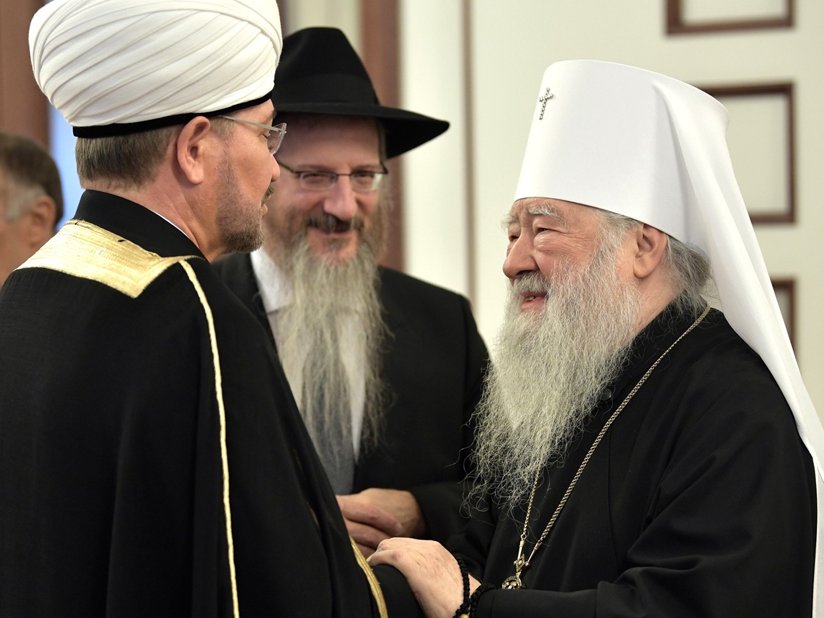
-
HOME
-
WHAT IS STANDOur Mission Our Values Our Help Contact
-
WHAT WE FIGHT FORReligious Freedom Religious Literacy Equality & Human Rights Inclusion & Respect Free Speech Responsible Journalism Corporate Accountability
-
RESOURCESExpert Studies Landmark Decisions White Papers FAQs David Miscavige Religious Freedom Resource Center Freedom of Religion & Human Rights Topic Index Priest-Penitent Privilege Islamophobia
-
HATE MONITORBiased Media Propagandists Hatemongers False Experts Hate Monitor Blog
-
NEWSROOMNews Media Watch Videos Blog
-
TAKE ACTIONCombat Hate & Discrimination Champion Freedom of Religion Demand Accountability
And That is Respect
One January about ten years ago I was on a business trip from our base in Silicon Valley to bitter cold Syracuse, New York with an employee, Ian, who was an Evangelical Christian. Each evening after a long day of sales, PR, and customer support, we would have dinner and spend the rest of the night talking till the wee hours about religion—he from his perspective and me from mine as a Scientologist—starting with comparisons of morals and over a few evenings getting deeply into our spiritual nature. We were not trying to convert or convince each other; we were simply comparing spiritual and religious viewpoints and finding common ground. It was equally fascinating for both of us. We found lots of agreement in our beliefs and it strengthened our friendship.

Around the same time, I was involved in a local political campaign with two members of my community. These guys were strange bedfellows indeed. Nick proudly described himself as “somewhere to the right of Attila the Hun.” Gary, on the other hand, was considerably to the left of most self-proclaimed “progressives” in the San Francisco Bay Area. But get this: despite the fact that they were 180 degrees apart politically, they were inseparable best friends and had been for years. From my viewpoint in the middle, I marveled at them both.
What I see lacking in these sharply polarized times is a simple element that was abundant in the above two examples: Respect.
These relationships come to mind because in the past weeks and months I have seen an ever-mounting stack of examples of their opposite. I have seen enough violent attacks on various religions and their members, and enough toxic political divisiveness in this and many other countries to make me want to gag/scream/weep.
When I take a deep breath and stand back for a calm look at it, what I see lacking in these sharply polarized times is a simple element that was abundant in the above two examples: Respect.

I call it a simple element—but judging from what I’ve seen recently, maybe it isn’t so simple.
The dictionary describes showing respect as “having due regard and admiration for another or others.”
The “due regard” part seems easy enough. Let’s give it a try. (Sound of gritting teeth, staring at the wall behind the other person’s back) “I have due regard for you even though you’re an idiot.” Or, (sound of clearing throat, looking at the floor) “I have due regard for you even though you are completely foreign to me and you stand for everything I find unholy.”
If I were on the receiving end of either one of those, I’d detect a distinct lack of authenticity.
It turns out there’s a missing step here. In order to give someone due regard, you have to look at the other person as an individual and not a stereotype. That’s not always so easy because it requires some willingness. But it can be done. It’s a skill. And like any skill, it takes practice.
A very simple exercise taken from one of L. Ron Hubbard’s books makes it easier. Go to a place where there are lots of different kinds of people—men and women, kids, the elderly, members of different races, cultures, and religions—and walk around and just look at them all. Do this for an hour or two and they won’t seem so bad. You’ll probably see that they have things in common with each other and with you. You might even find things to admire about them.
Admire. Take another look at the definition of respect above. In doing this little exercise, we jumped right over “due regard” and arrived at “admire.”
If you find something to admire in another, I can guarantee the “due regard” part will be easy.
And that, my friend, is respect.









